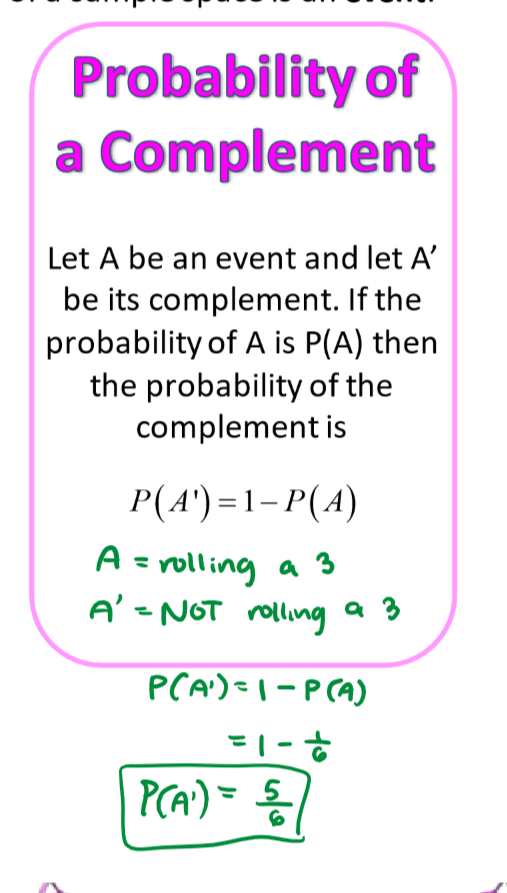algebra 2 Honors FINAL (i might cry)
1/31
There's no tags or description
Looks like no tags are added yet.
Name | Mastery | Learn | Test | Matching | Spaced |
|---|
No study sessions yet.
32 Terms
4.1 multiplying and dividing rational expressions
if diving use KCF to solve
factor expressions as much as possible to see if there is a couple shared between the numerator and denominator
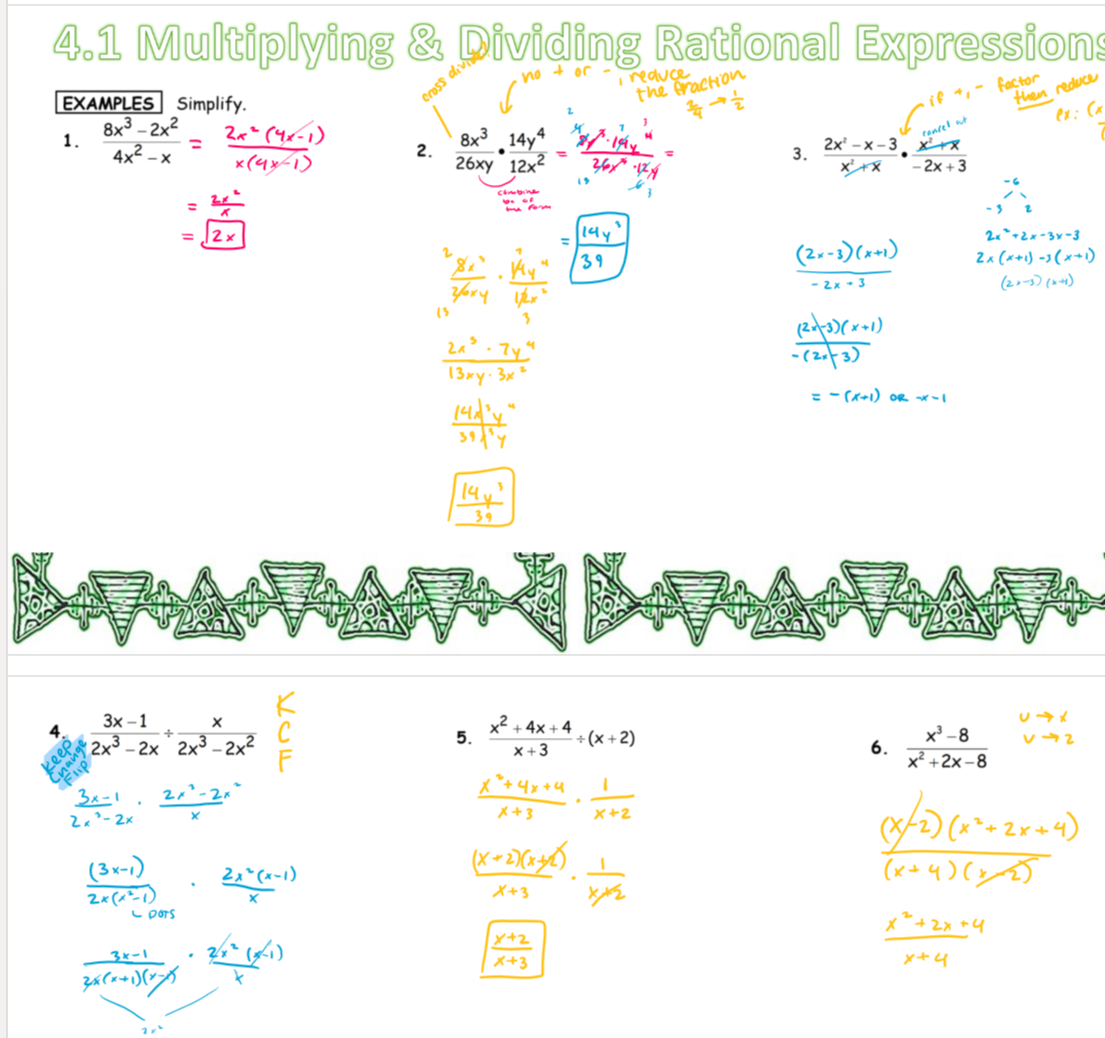
4.2 addition and subtraction of complex fractions
bigges thing to note is to give each fraction a common denominator so that you can add or multiply. to do this, you will need to multiply the numerator and denominator by the same number that they are missing
if given an equation where you are adding two fractions over another 2 fractions, get a common denominator so you can simplify and then KCF to solve
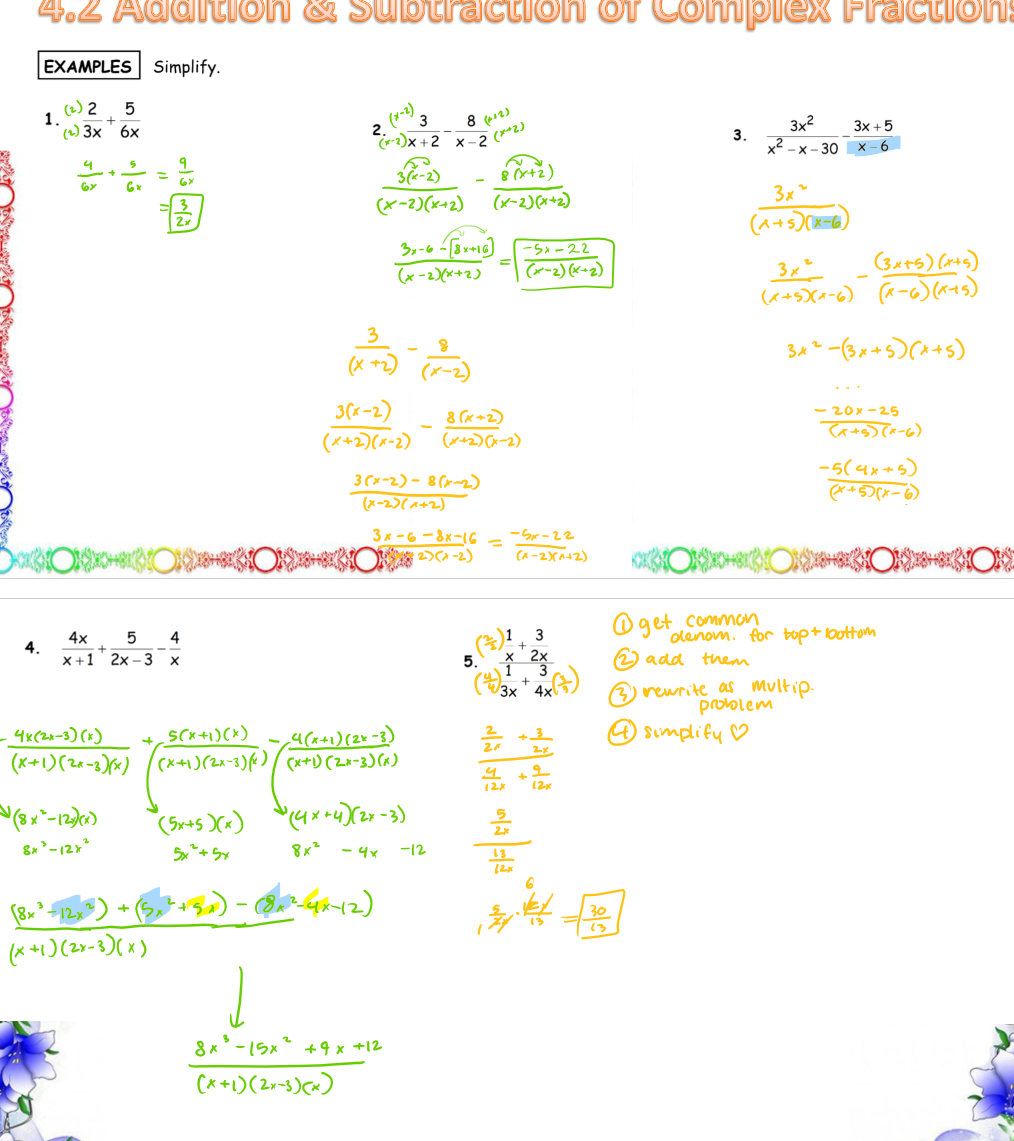
4.5 solving rational expressions
determine which x-values cannot be the answer by setting them to zero
create a common denominator
move all fractions to one side and set equal to zero
the denominator goes away
factor to find the x-values
check for extranneous solutions
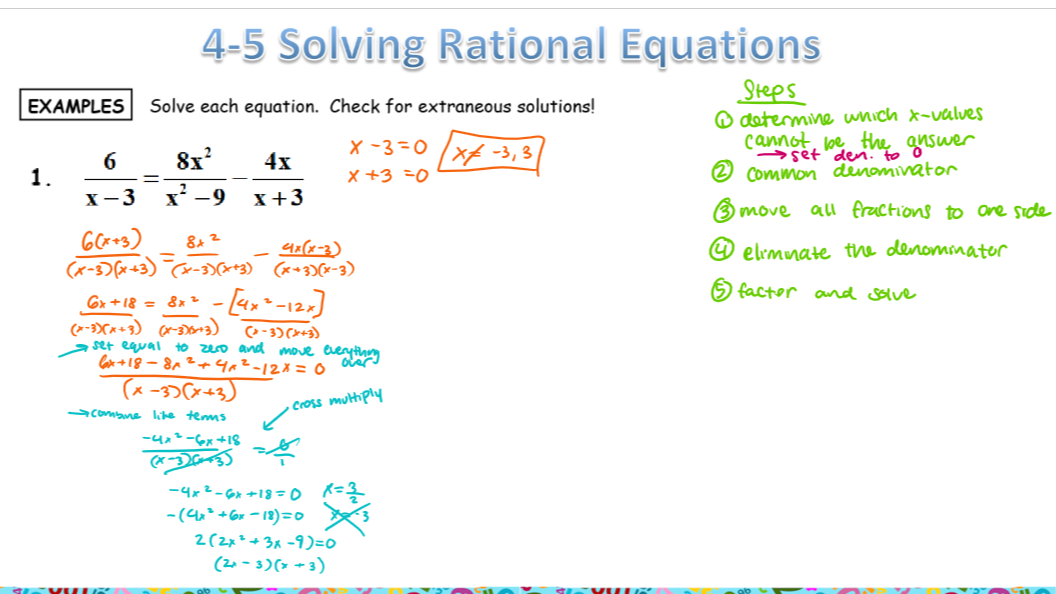
4.6 solving rational inequalities
move all terms to one side and place zero on the other side
note which values are extraneous in the denominator. these represent open circles on the line graph.
get a common denominator and simplify. this fraction will then be used for your sign analysis.
continue evaluating until you have solved for x. these are marked by filled in circles on the line graph.
using the fraction from above, plug in values in between each part of the line graph to note which areas are solutions to the problem.
write answer in interval notation!
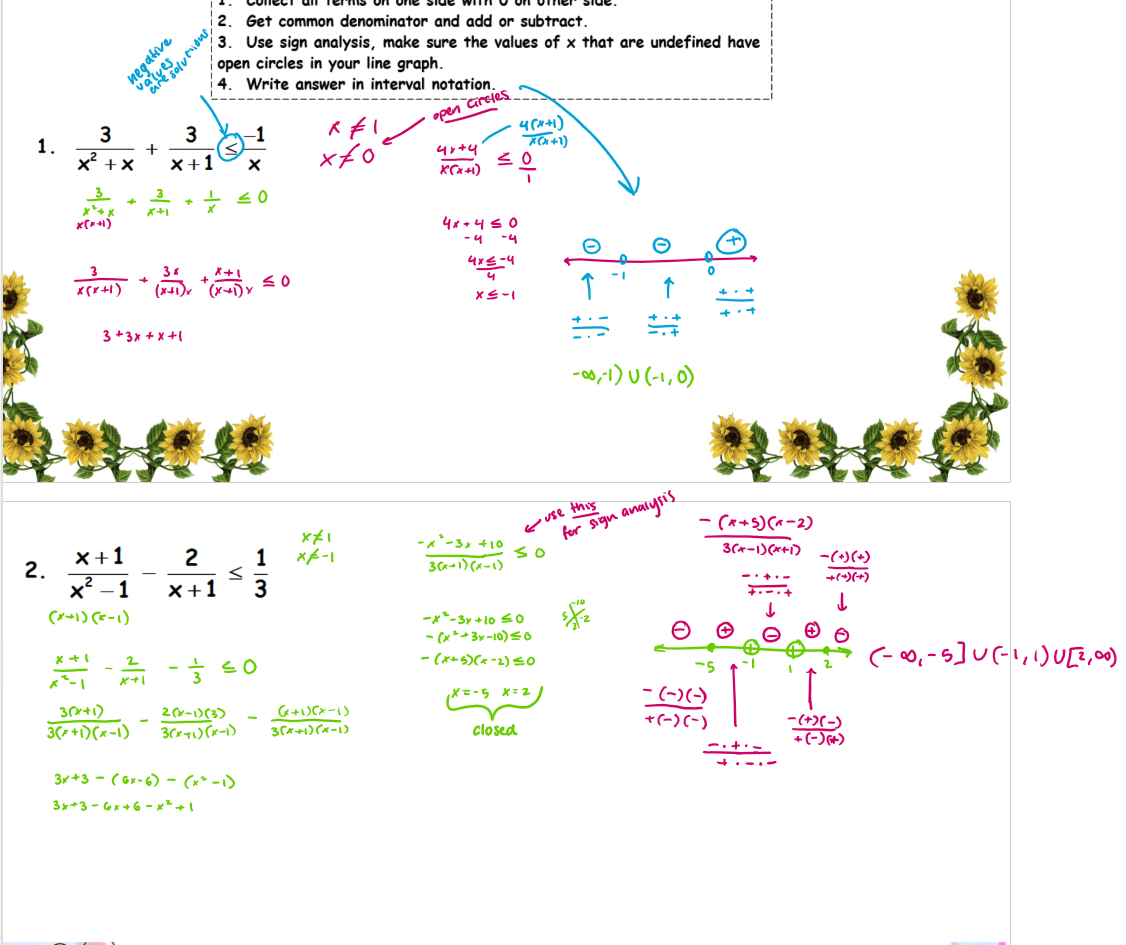
what are the 6 main laws of exponents (5.1)
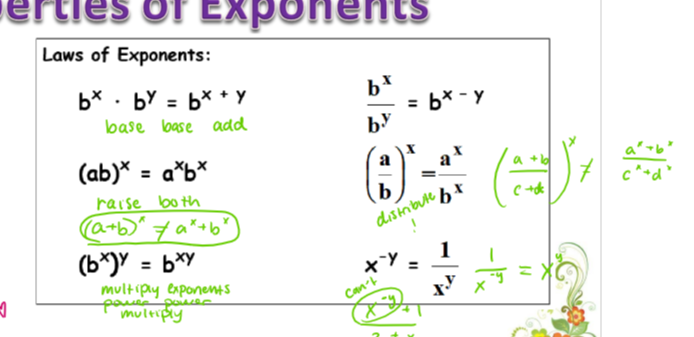
how do you simplify roots and radicals?
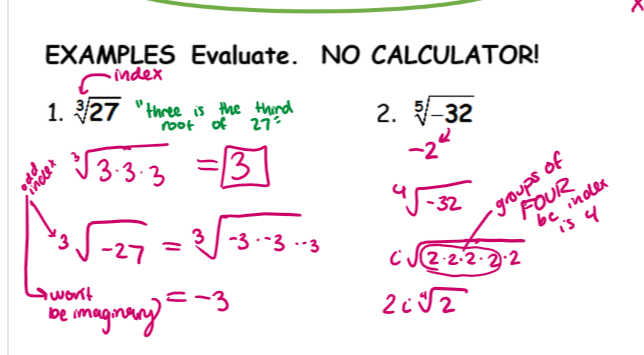
how do u rationalize a denominator?
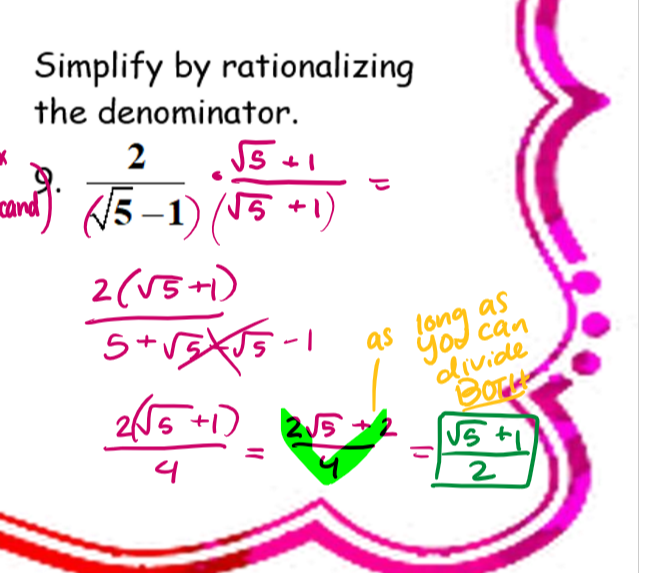
in 5.3, we learned how to switch between 2 different forms of writing rational exponents. how do u switch between these forms?
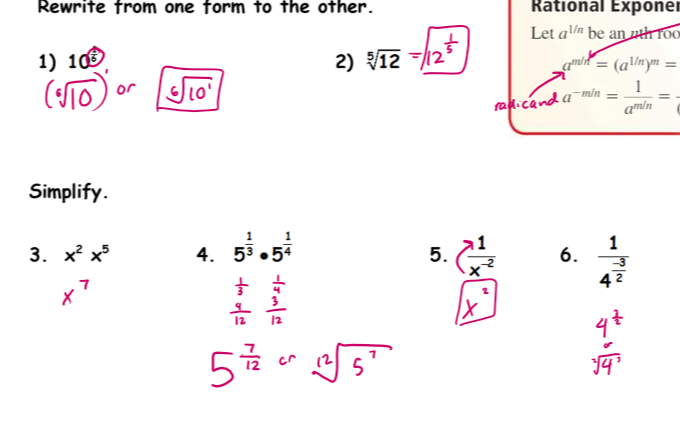
when solving radical equations, why do u check your work?
there are sometimes solutions that are called “extraneous roots” and therefore will not actually be valid answers!
how do u solve exponential equations?
you need the same base! look at the examples
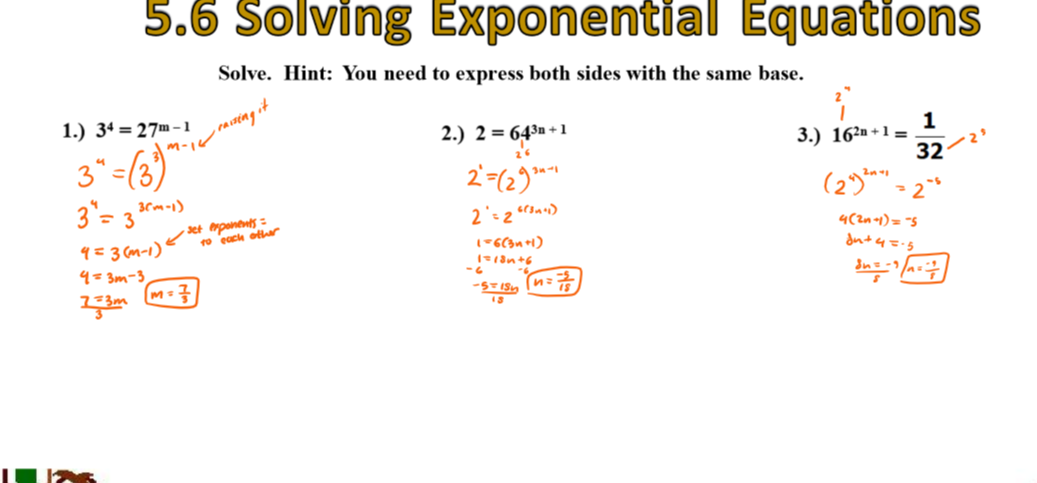
growth formula + decay formula
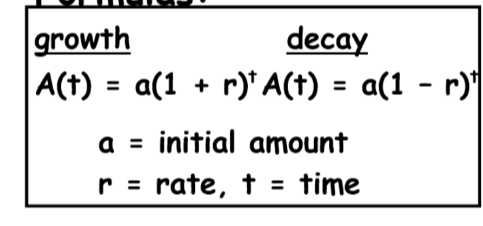
half-life formula
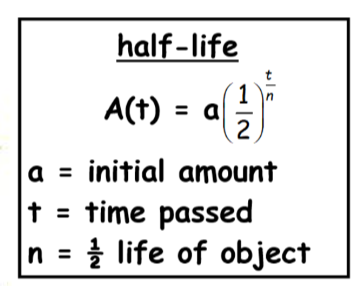
compound interest formula + compound continuously formula
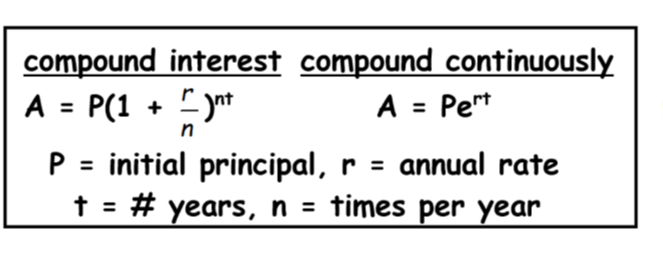
explain how a line plot works
make sure to include a label!
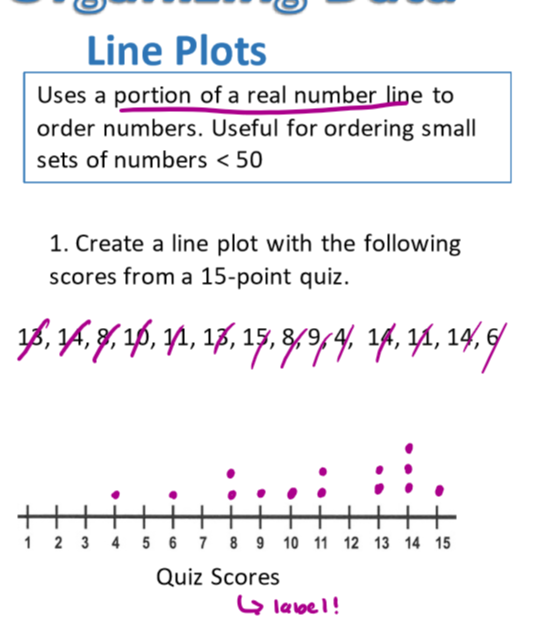
explain how a stem and leaf plot works
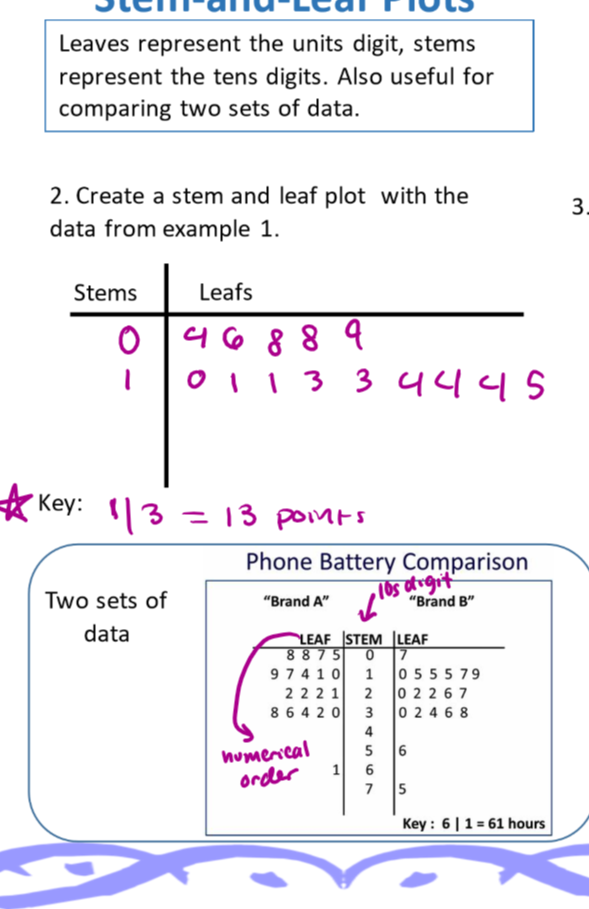
explain how a histogram and frequency distribution works
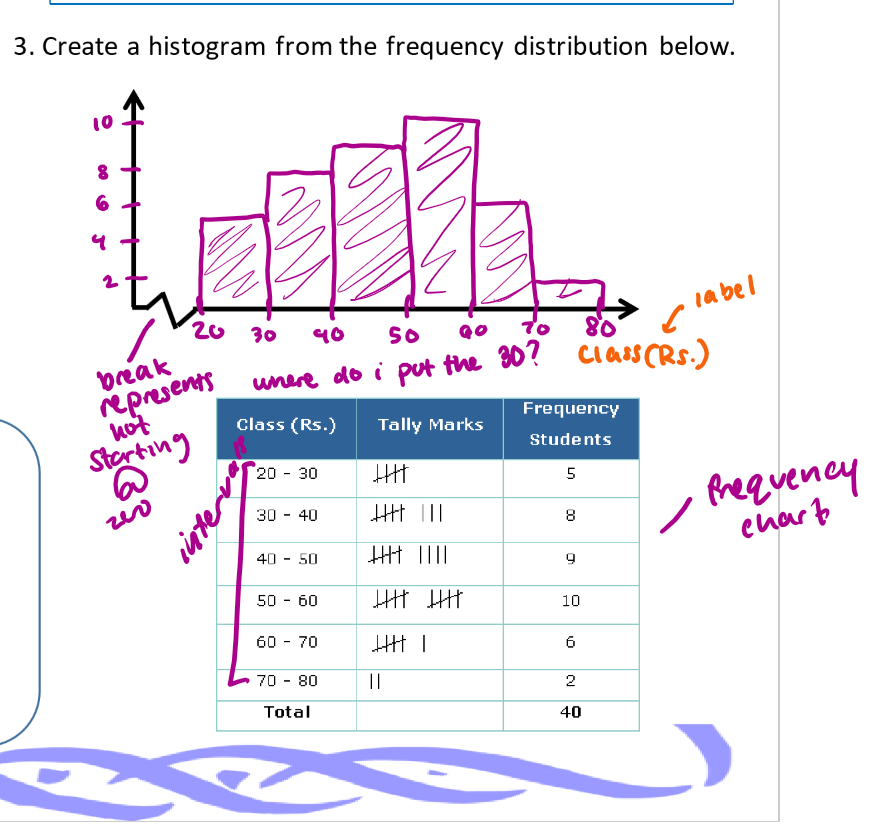
what is the mean?
the numbers added together divided by the amount of numbers there are
what is the median?
middle number (or middle two numbers) of the data
mode
occurs most often in a data set
how do u solve for different aspects of data on a calculator?
go to a new document and then 4. lists and spreadsheets
give your columns names!
create another page in the document and go to 1. add calculator then 6. on the menu then 1. stat calculations, then one variable statistics.
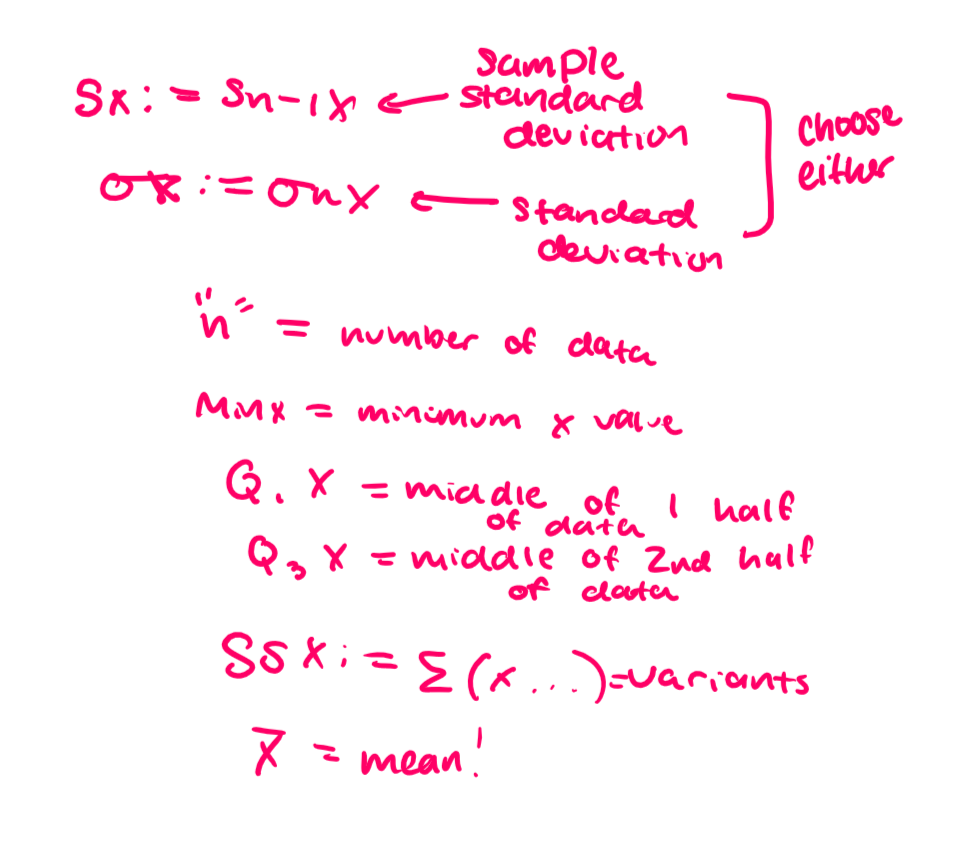
explain how box-and whisker plots work.
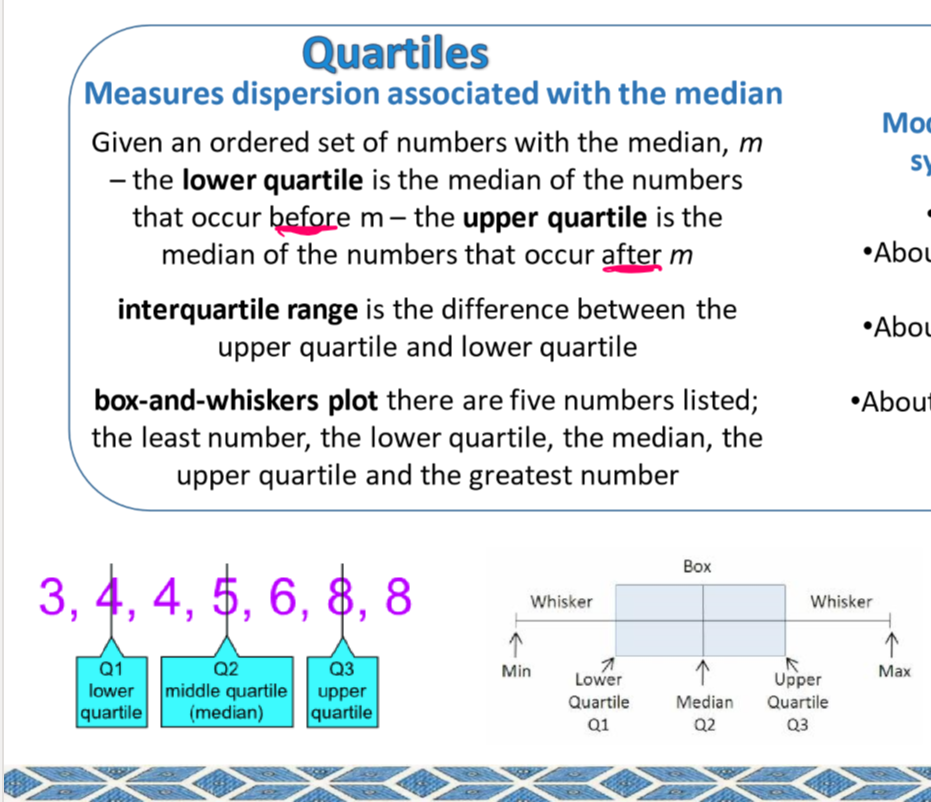
what is the bell curve?
the bell curve is symmetric with respect to the mean.
abt 68% of the area lies within 1 standard deviation of the mean
abt 95% of the area lies within 2 standard deviations of the mean
abt 99.7% of the area lies within 3 standard deviations of the mean
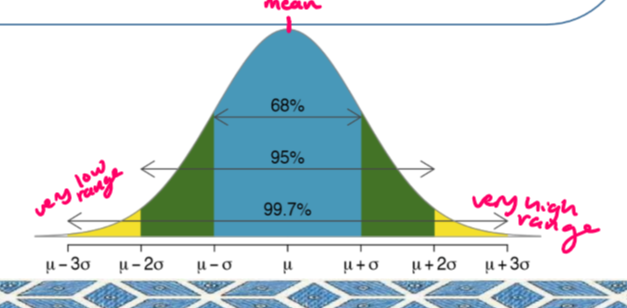
how do you find the least-squares regression line?

you can use the chart u create to find the least squares regression line to find the correlation coefficient.
a number close to -1 or 1 is a strong linear correlation
the closer to 0 the number is, the weaker the correlation is
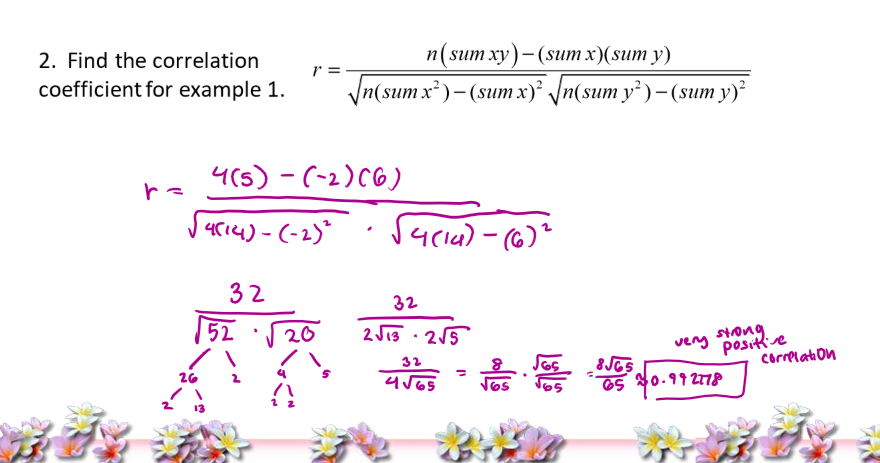
fundamental counting principle
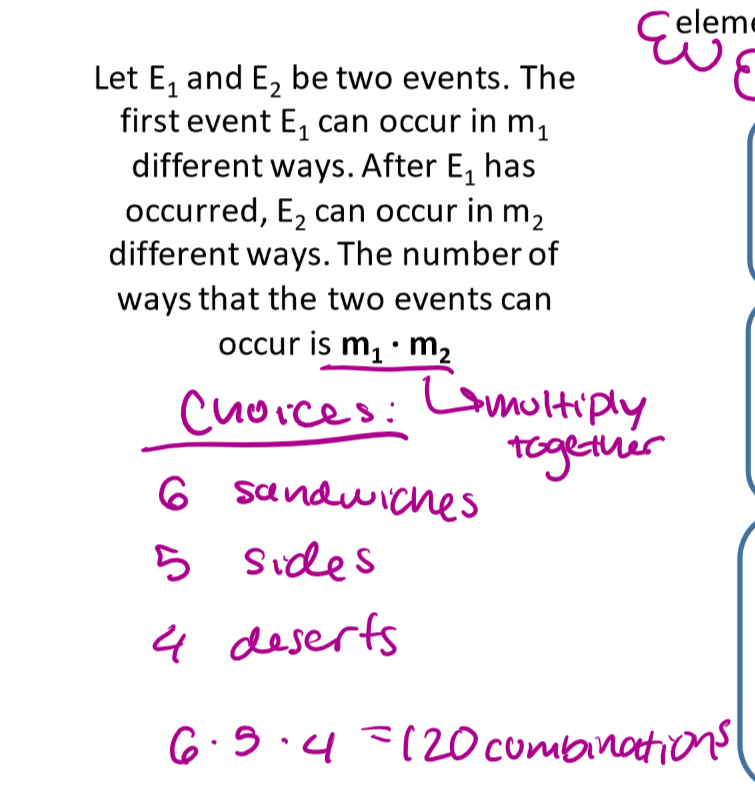
permutations
you can solve for permutations on your calculator! go to the menu and choose option 5 (probability)
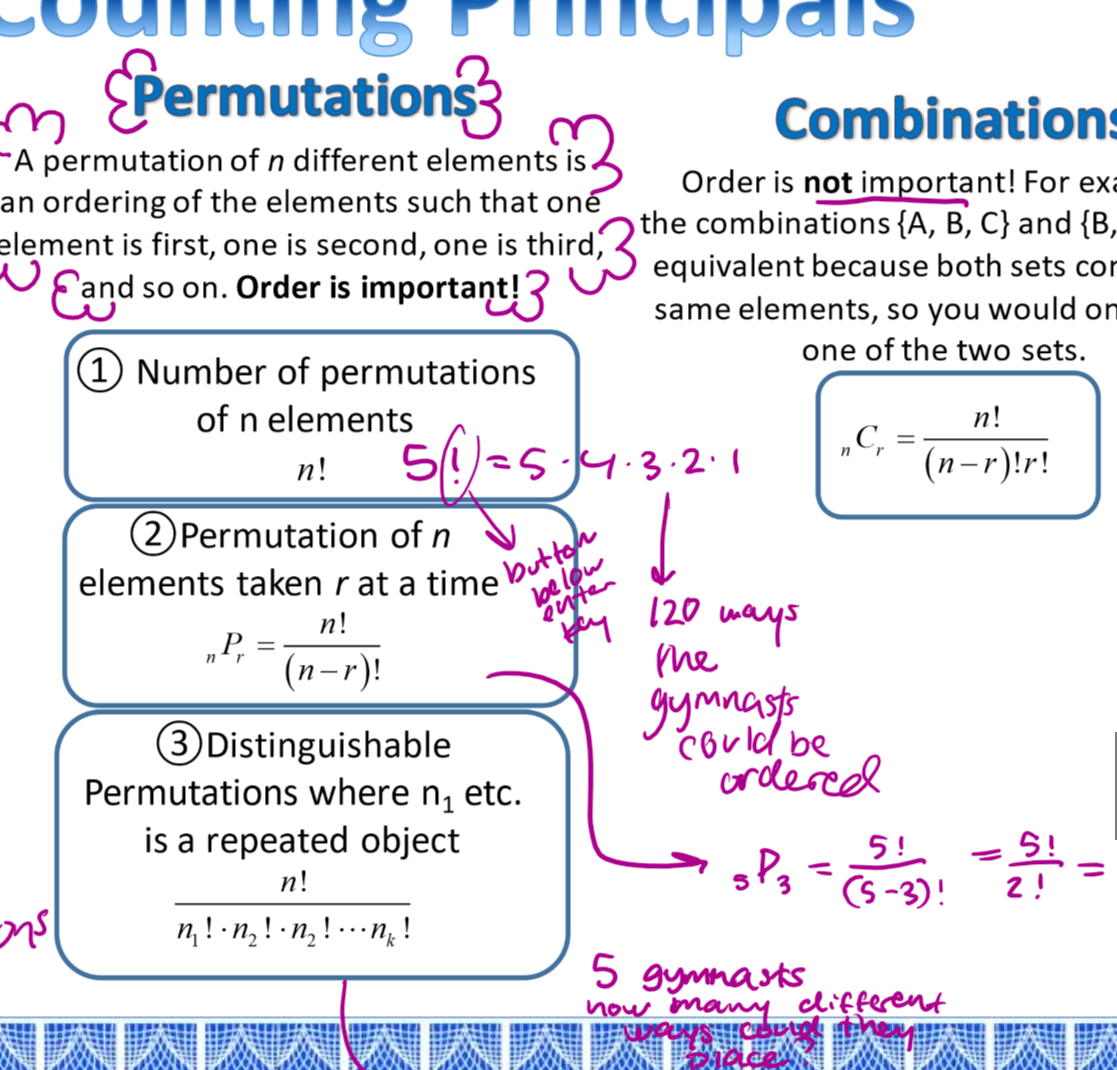
combinations
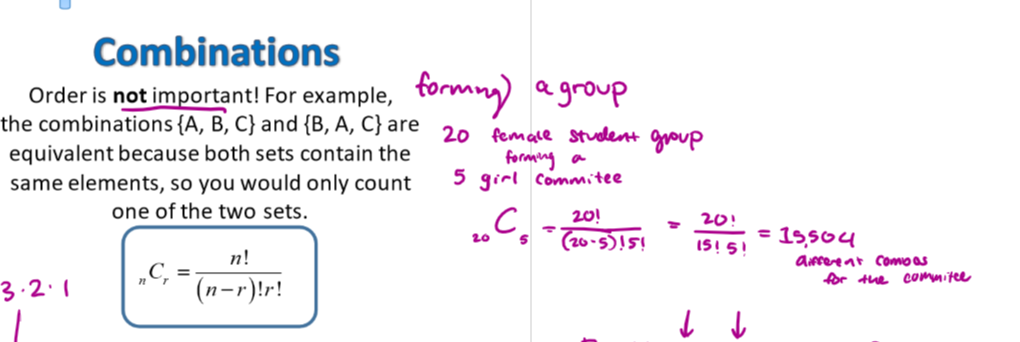
what is the difference bt combinations and permutations?
in permutations, order matters
in combinations, order does not matter
probability of an event
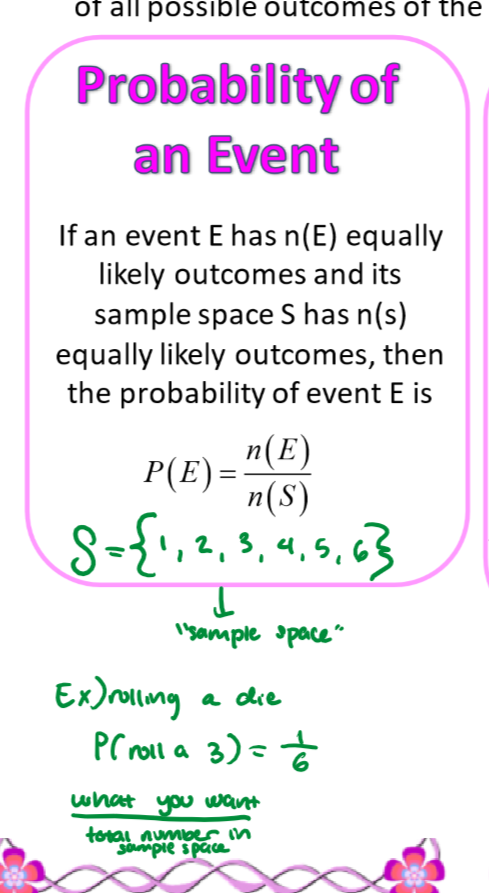
probability of the union of two events
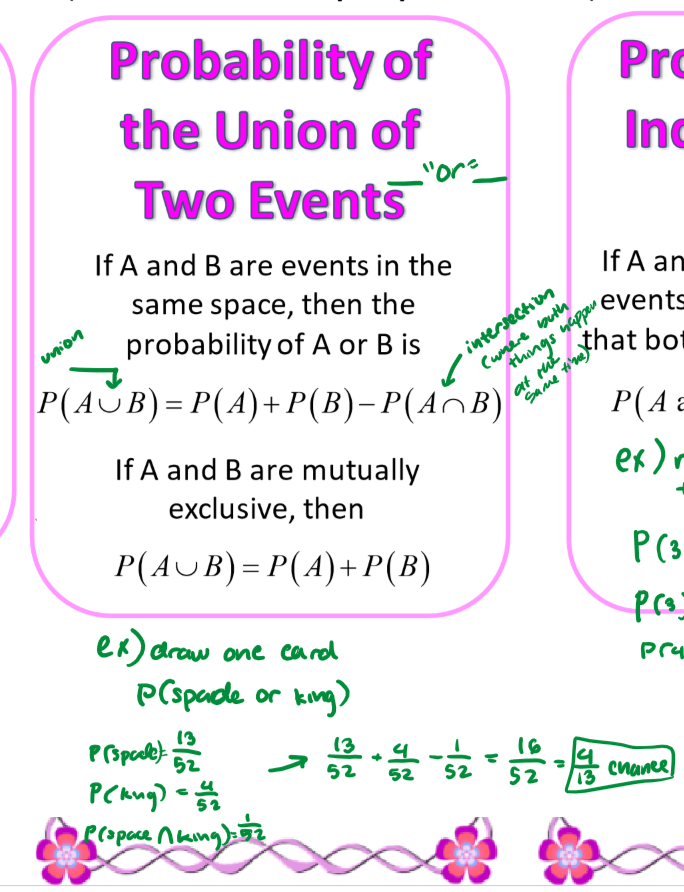
probability of independent events
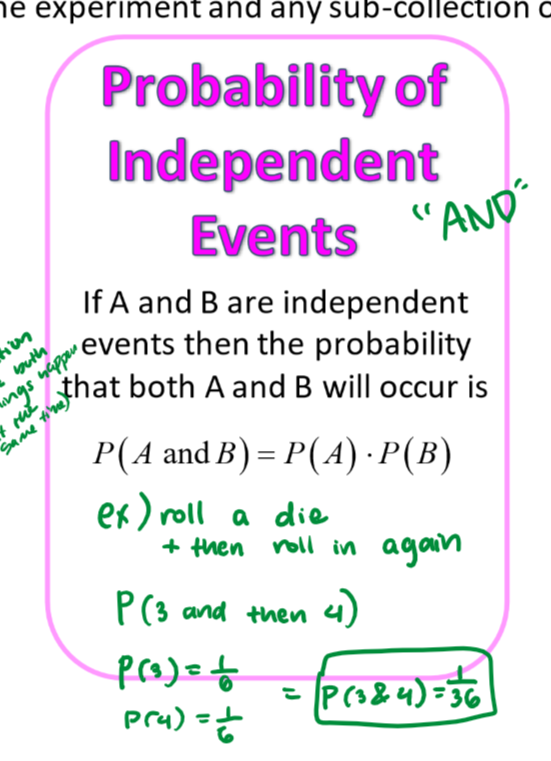
probability of a complement
